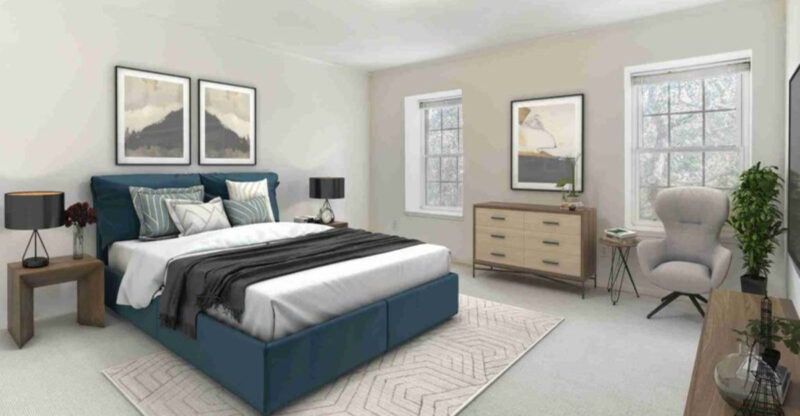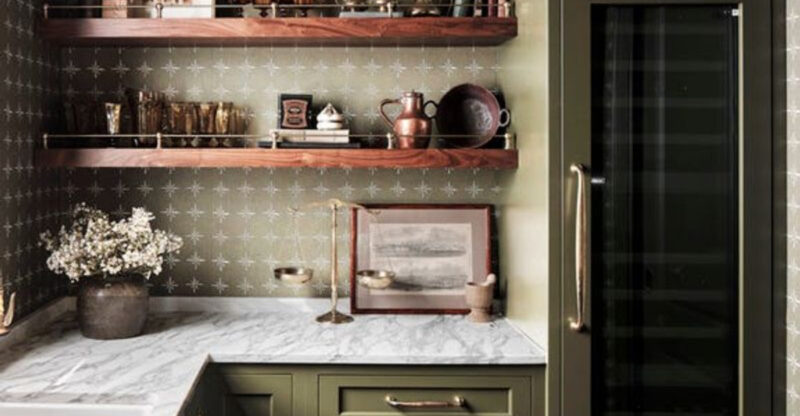The 3D Rule: Designers’ Secret Trick For Making Small Spaces Feel Huge
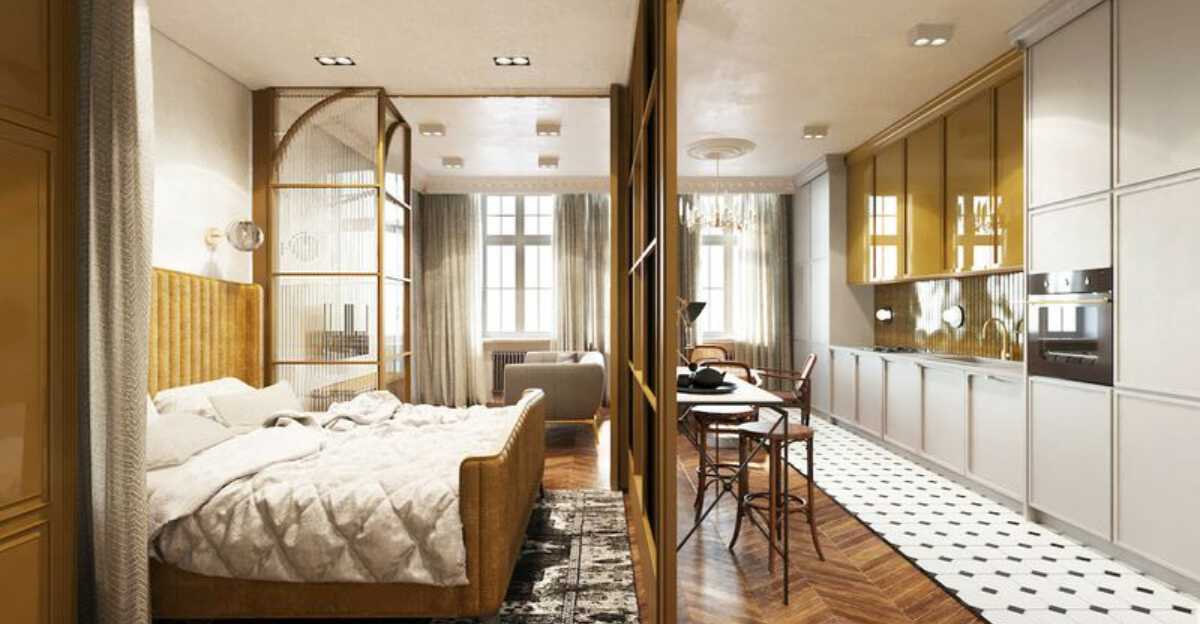
Small spaces shouldn’t feel like small living. Designers know that square footage is just a number – and that thoughtful choices can turn even the tiniest room into a showstopper.
Enter the “3D” Rule: a transformative design approach that expands how a space looks, feels, and functions. With just three strategic moves, cramped quarters become open, stylish sanctuaries where every inch works smarter and beauty never takes a back seat.
1. What Is The “3D” Rule?
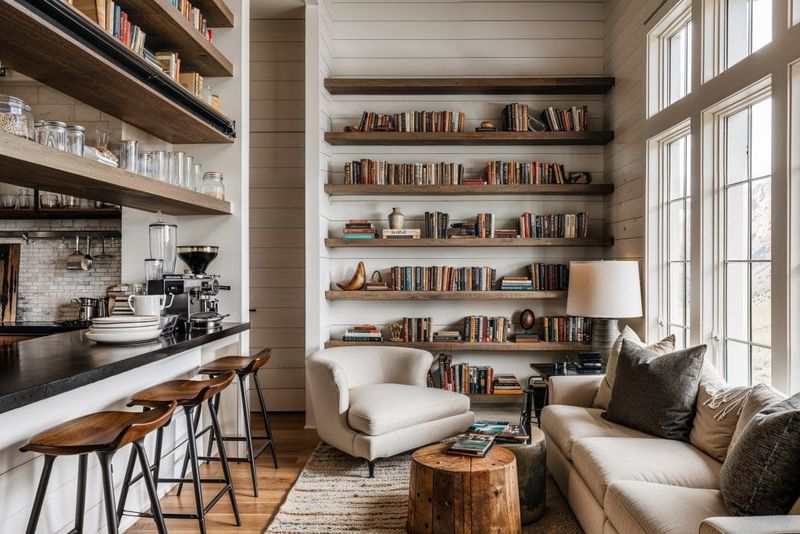
Imagine having a secret formula for making any tiny room feel twice its size! The 3D Rule combines three strategic dimensions of design thinking – Declutter, Divide, and Draw the eye up.
Created by professional designers who specialize in small-space living, this approach transforms how we think about compact areas. Rather than viewing limitations as obstacles, the 3D Rule turns them into opportunities for creative problem-solving.
2. Dimension One – Declutter
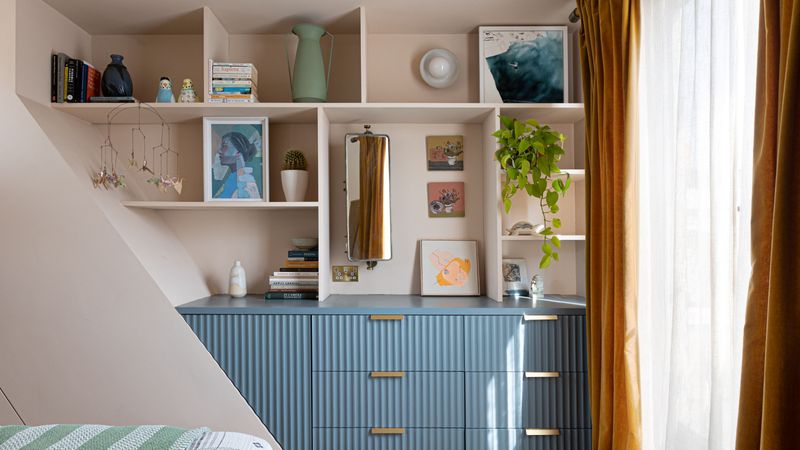
Your brain processes visual information constantly, and too many objects create mental fatigue. The first dimension of the 3D Rule tackles this fundamental truth of spatial psychology.
Decluttering isn’t just about tidying – it’s strategic editing. Professional organizers recommend keeping only items that serve multiple purposes or bring genuine joy. This intentional reduction creates breathing room, allowing your remaining belongings to shine while making the space feel instantly larger.
3. Dimension Two – Divide
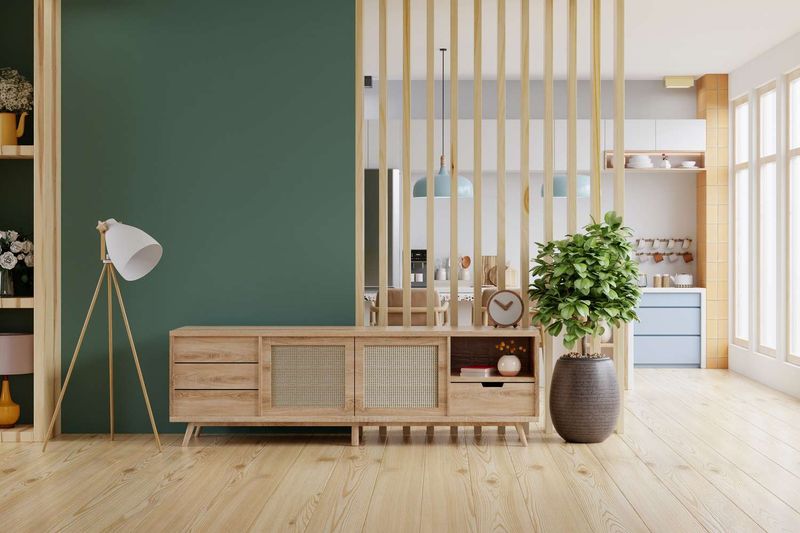
Creating distinct zones transforms one cramped room into several functional mini-spaces. The divide dimension employs clever visual separators rather than solid walls that would block light and flow.
Designers recommend using area rugs, furniture arrangement, or ceiling-mounted curtains to define different areas. A small bookshelf placed perpendicular to the wall can create a reading nook while a change in flooring material signals the transition to a dining space.
4. Dimension Three – Draw The Eye Up
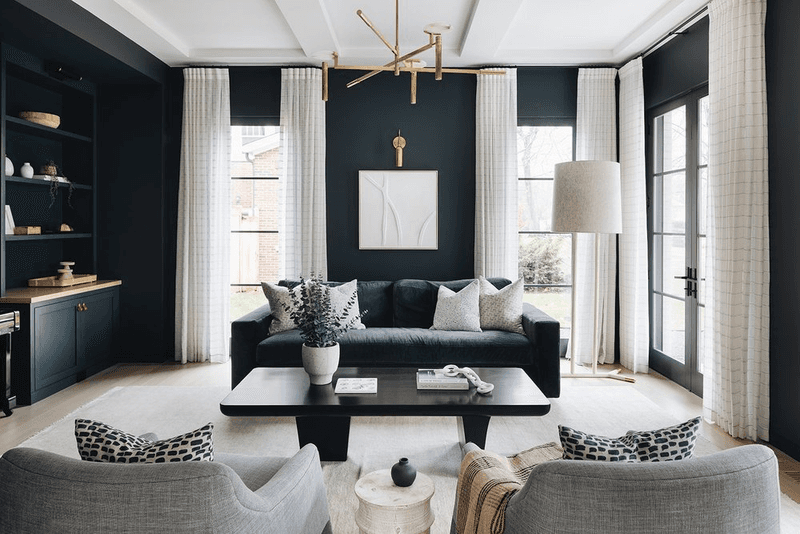
Most people neglect the valuable real estate overhead! The third dimension capitalizes on vertical space to create an illusion of height and grandeur. Hanging curtains close to the ceiling immediately draws the eye upward.
Floor-to-ceiling bookshelves, vertical striped wallpaper, and tall, narrow artwork all contribute to this optical illusion. Even in rooms with standard 8-foot ceilings, these techniques can create a soaring, spacious feeling that defies the actual square footage.
5. Real-World Success Stories
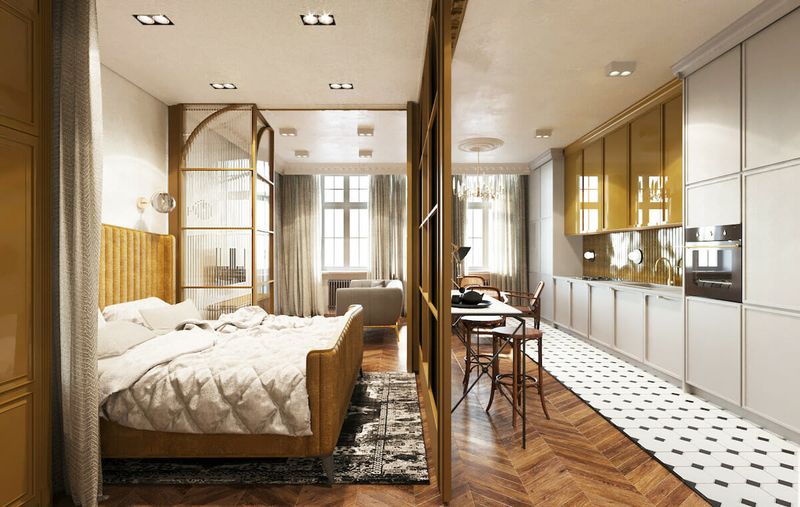
Manhattan designer Eliza Cohen transformed a 400-square-foot studio into what clients describe as “a pocket palace.” By applying the 3D Rule, she created distinct living, sleeping, and work zones that feel separate yet harmonious.
A Tokyo apartment showcases another triumph – floor-to-ceiling shelving houses the owner’s book collection while drawing eyes upward. Meanwhile, a London flat uses glass room dividers to separate spaces while maintaining light flow, demonstrating how these principles work across different architectural styles.
6. Getting Started With Your Space
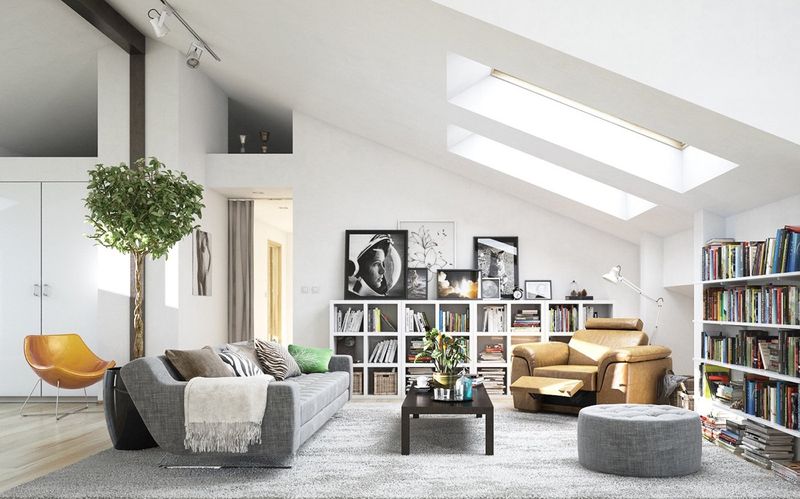
Begin your transformation journey with a simple decluttering weekend. Remove everything that doesn’t serve a purpose or bring joy, creating immediate breathing room.
Next, sketch your space and identify potential activity zones – perhaps a sleep area, work corner, and relaxation spot. Finally, hunt for vertical opportunities: Could plants hang from the ceiling? Would tall, narrow art elongate your walls? The 3D Rule works best when all dimensions are implemented together.

